Sexualised and ill-fitting: Is women's sport kit fit for purpose?
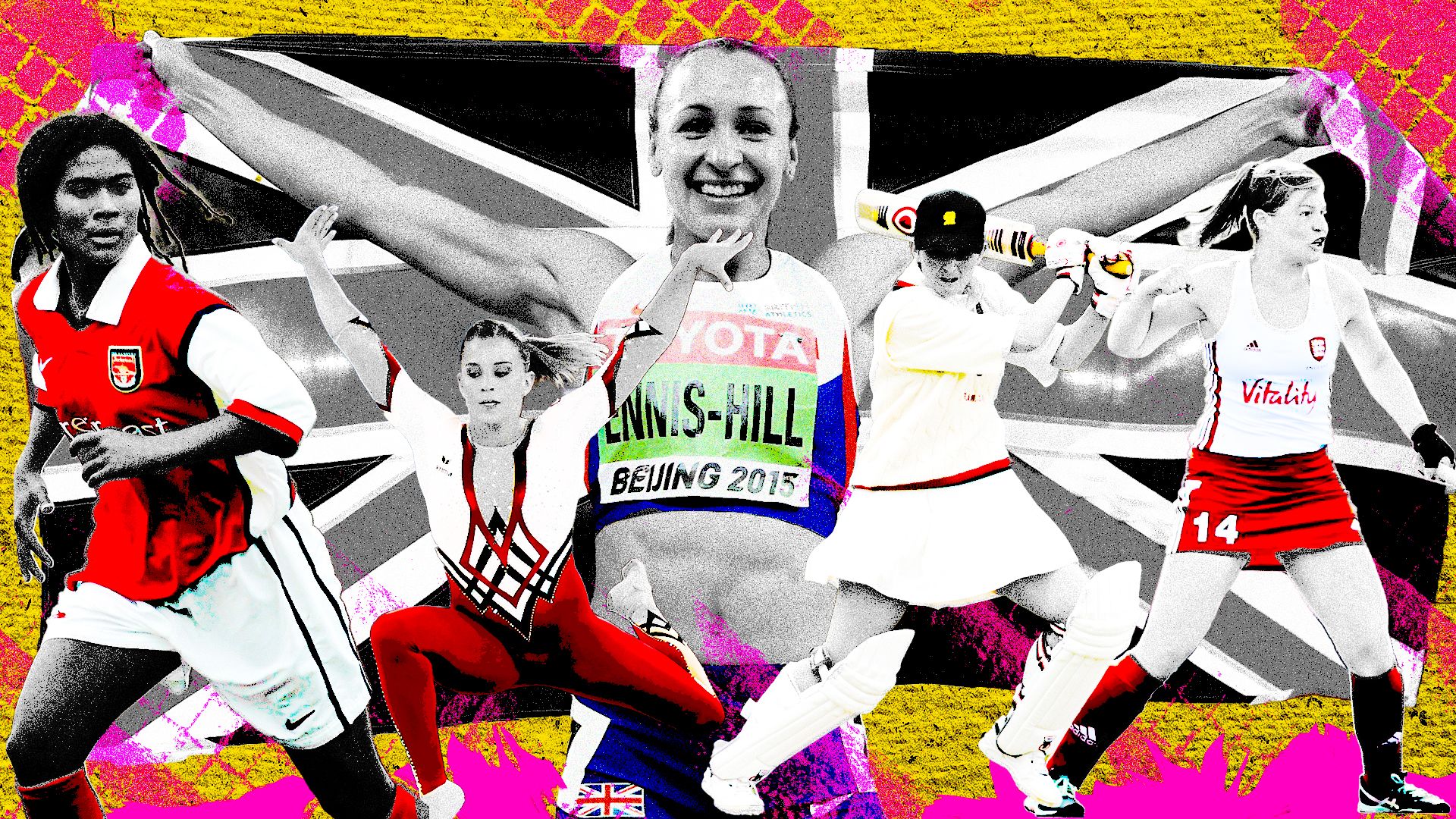
A series of leading sportswomen past and present explain in our exclusive Sky Sports News documentary ‘Fit For Purpose?' how their careers have been affected by the kit they have been forced to wear to meet archaic regulations, and called for change to keep young girls in sport...
The sight of Tammy Beaumont gliding between the wickets and building her historic double century for England in last month’s Ashes Test against Australia showed just how far one sport has come in its pursuit of comfort and suitability when it comes to kit for female athletes.
For a sport which ruled that women should wear long skirts, blouses and sometimes even bonnets in its early days, it was not until 1997 that female cricketers could wear trousers and the flappy and cumbersome skirts were finally deemed to be impractical.
More recently, sportswomen have started to take a stand against inappropriate, ill-fitting and sexualised attire, calling for their sports to move with the times and listen to their concerns and issues around kit.
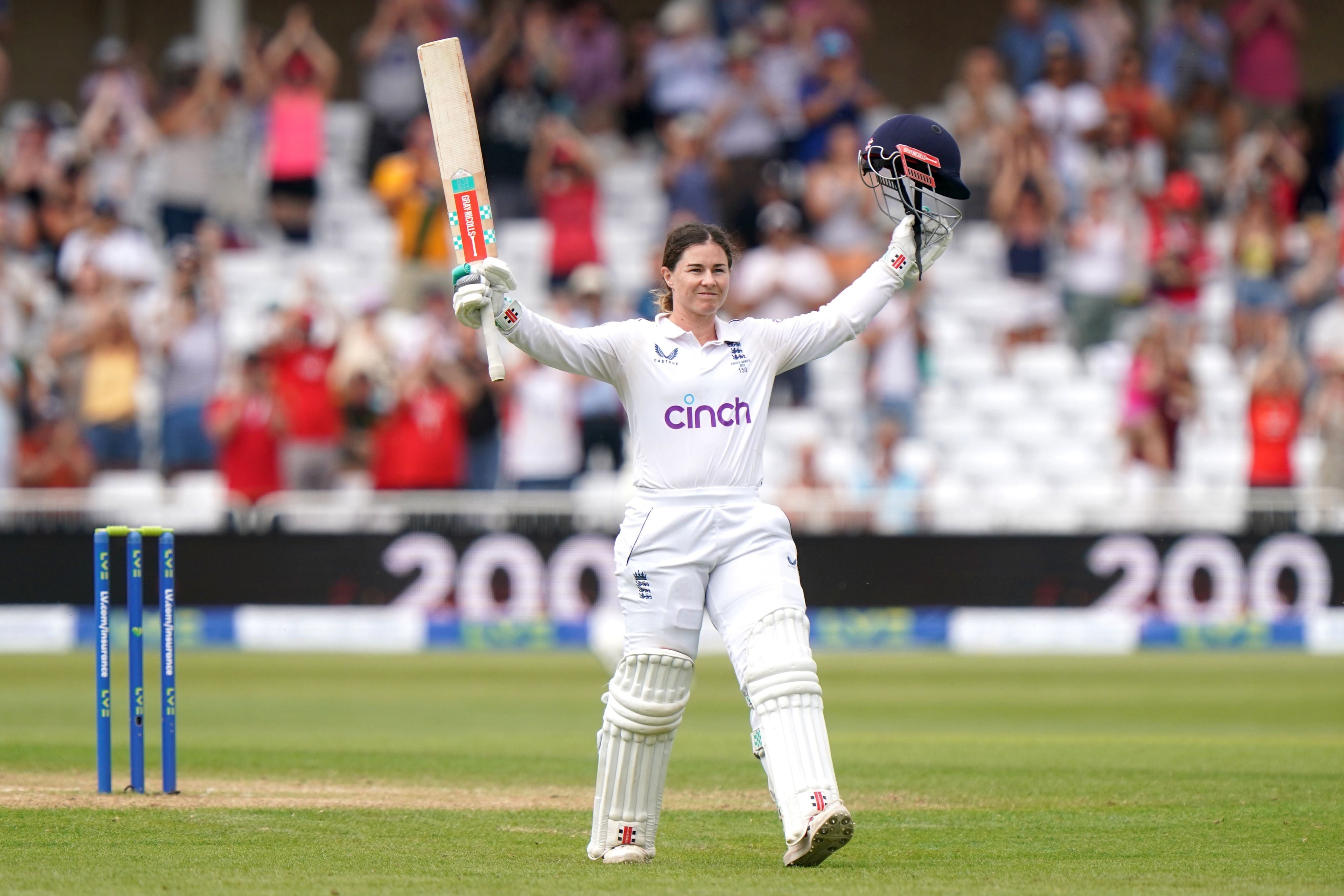
It was arguably two years ago that the conversation around women’s sport kit not being designed with female athletes in mind hit the public consciousness.
Germany’s gymnastics team, who had been wearing full-length unitards since April 2021 in a stance against ‘sexualisation’, showcased their new look to the world at the delayed Tokyo Games that summer and received widespread praise for their dramatic switch away from the traditional bikini-cut leotards.
And when Norway’s beach handball team were fined £1,300 for wearing shorts instead of bikini bottoms at a European Championship match in July 2021, with European Handball Federation officials deeming them to be wearing ‘improper clothing’ that was ‘not according to the athlete uniform regulations’, there was global outrage.
“We're proud that it became such a huge statement, we had no idea that it would become that big,” Norway’s Elisabeth Hammerstad told Sky Sports’ documentary 'Fit for Purpose?'.
“Everyone was surprised that everyone was watching our small sport,” team-mate Julie Aspelund Berg added. “At the beginning of the tournament we all wanted to wear shorts and had been talking about it for years.
"We were taking a risk at the beginning because we didn't know if we were going to be banned but we had backing from the Norwegian handball federation. They said ‘do what makes you feel comfortable and we will pay the fines’.”
Four months later, the International Handball Federation updated its uniform rules. Gone were the regulations that bikini bottoms had to be “not more than 10 centimetres on the sides” to “short tight pants with a close fit”.
The new regulations also explained changes to tops being worn by both male and female athletes, with men required to wear “tank tops” and women “body fit tank tops”.

Back in 2011, the Badminton World Federation scored an own goal when they tried to force professional female players to wear skirts or dresses believing the dress code necessary to make them appear more feminine.
Olympic Silver medallist Gail Emms, reflecting on that decision said she knew straight away it was about the sexualisation of players.
“The people who usually make these decisions are usually old men and they have not once asked the female badminton players about playing in badminton kit," Emms said. "They’ve not talked to us or done their research or anything - who is holding them to account for this? How dare they do this?
“I knew straight away it was about sexualisation of the female badminton players. When you’re up against every other sport for money, TV rights, sponsorship of course they will be thinking ‘oh gosh what can we do?’. If that’s the only idea you’ve come up with, you’ve got to find another job.
“Just try and understand, that as women, when we play sport, we're not just there to show our bums. There are other reasons why we want to play. I noticed with my sponsor, the kit was getting smaller and tighter. I remember pulling out one of the tops from the box and thinking it was a kids' one. I just laughed and said 'what the hell am I meant to do with this?'
“In badminton you have to twist and turn, and lunge and move in every direction and the top kept riding up and up and I was so conscious that I kept pulling it down after hitting a shot that I wasn't concentrating on the game. One of my biggest regrets is understanding the power that I had and I could have made a huge impact on kits, on the way women were treated as badminton players.”
After widespread uproar, World Badminton shelved their plans around skirts.
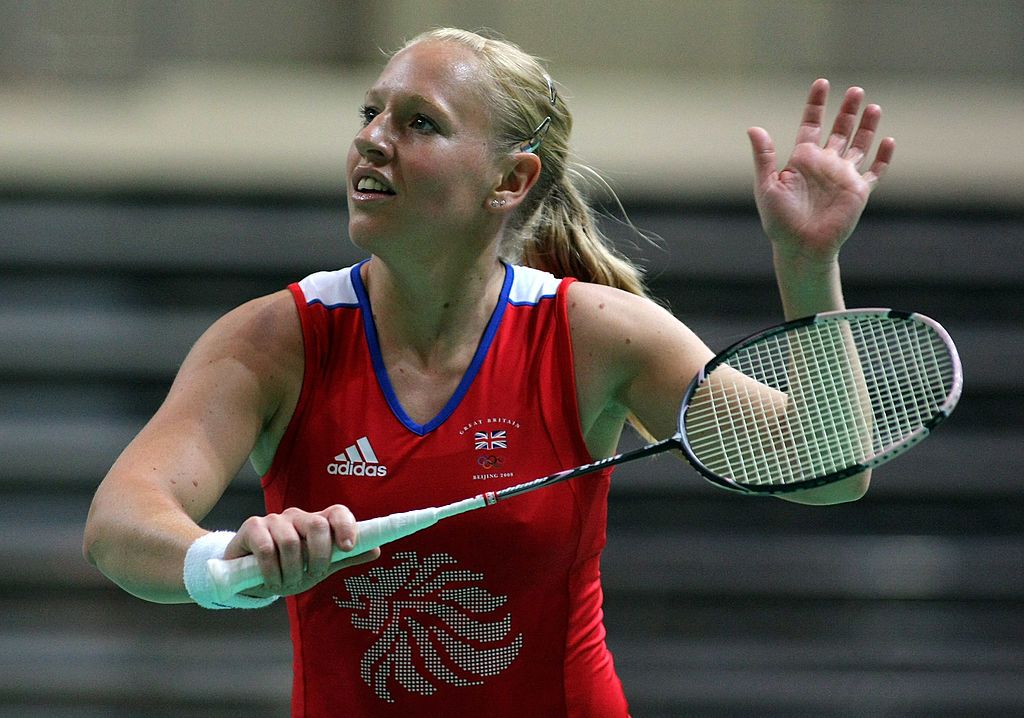

‘I thought this feels a strange thing to wear and run around the track’
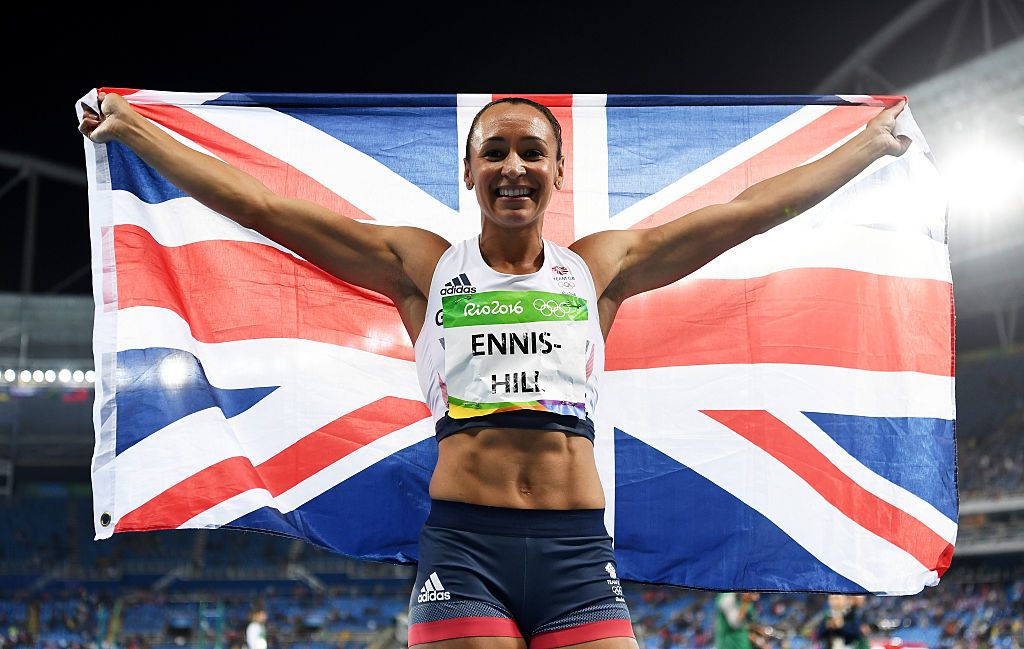
The crop vest and bikini combination in athletics is one that made Olympic champion and three-times world champion heptathlete, Jess Ennis-Hill, feel anxious when she started out in the sport.
“You come into athletics as a young girl and everyone's wearing the small running knickers, the crop tops and I remember feeling quite uncomfortable at the start thinking, ‘this feels like a strange thing to wear and be running around the track’ but everyone does it and this is the world of sport and you kind of go along with it,” Ennis-Hill told Sky Sports.
Those insecurities around kit were only heightened during her monthly menstrual cycles for fear of leaking while mid competition.
“I remember one occasion and I came on my period during the heptathlon and I had the 800m to go. All I could think about the whole way through was 'I hope it's not happened and people can see that I've started my period'.
“I remember crossing the line and I'd won the competition but I didn't even celebrate. I couldn't enjoy it because I just rushed straight off the track to go and sort myself out and there will be so many athletes who will have experienced things like that and it's still, unfortunately, a bit of a taboo conversation.”

It is only in the last year that the discussions around sports kit and periods have become ‘normalised’ thanks in part to the success of the Lionesses who have openly raised their concerns over wearing all-white strips.
Their voices were listened to with blue shorts introduced for this year’s internationals and the World Cup and it follows Manchester City and West Brom who both moved away from white shorts for darker colours for their women’s teams last season.

Wimbledon, meanwhile, witnessed female competitors wearing darker undershorts earlier this month, a momentous move for a tournament that has been reluctant to move away from its all-white tennis traditions.
'I jumped in a muddy puddle to cover up my shorts'

England women’s rugby team have not yet moved away from their all-white strip. However, former World Cup winner Rocky Clark, who made 137 appearances for the Red Roses during her 15-year international career, believes it is a conversation that will be going on behind closed doors - and shared her own experiences of being on her period during a match.
“When you saw the date of your period was coming up and it coincided with a game, you'd be anxious about it before,” Clark told Sky Sports.
“There are times when I've had accidents. I remember trying to jump in a muddy puddle to cover up the shorts and I've seen many other girls have accidents before - it does take you off your game. You just think that you don’t want to be in that vulnerable position, say if you’re in a jackal or bent over in a scrum and you’re exposed.”
Clark remembers a time when the colour of the strip was not the main problem when it came to representing her country. But the ill-fitting kit that was designed with the men in mind brought with it many issues on the pitch.
“Rugby is incredible, it's a game for all shapes and sizes but then the kit was just one size, so it was either too big or too small, if you were lucky for the few it fitted perfectly,” she said. “Back in the day we would have these shorts and they were so gaping, they weren't fitted in any way around a female's hips.
“I remember this one time I was playing for England academy and some of the boys’ kit that had been passed down and I put this shirt on, and I was a big girl, and it looked like a crop top, I looked awful, I looked like a napkin round an orange. A number of times I was pulling my shirt down because I didn't want my belly coming out. I was so concerned about how I looked and felt really uncomfortable and paranoid and not confident - and that took me off my game.”
Clark had to tailor the oversized shirts to her needs, sewing up one of the sleeves on her England strip to prevent opponents tugging on the excess material. It was not until the 2021/22 season that the Red Roses had their own bespoke kit tailored to their each and every different need.



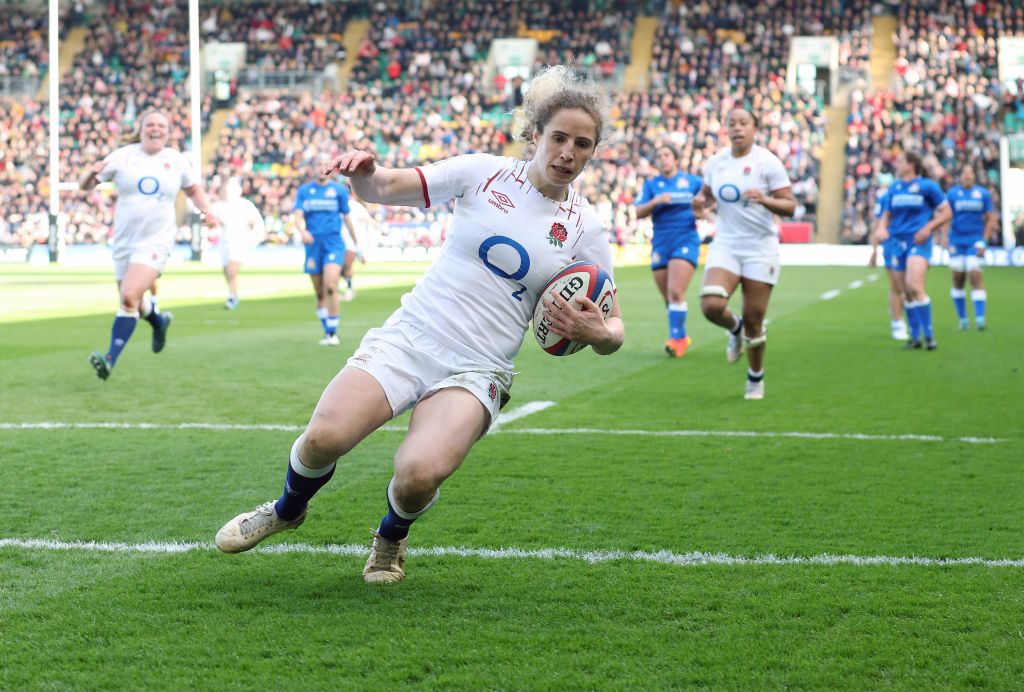
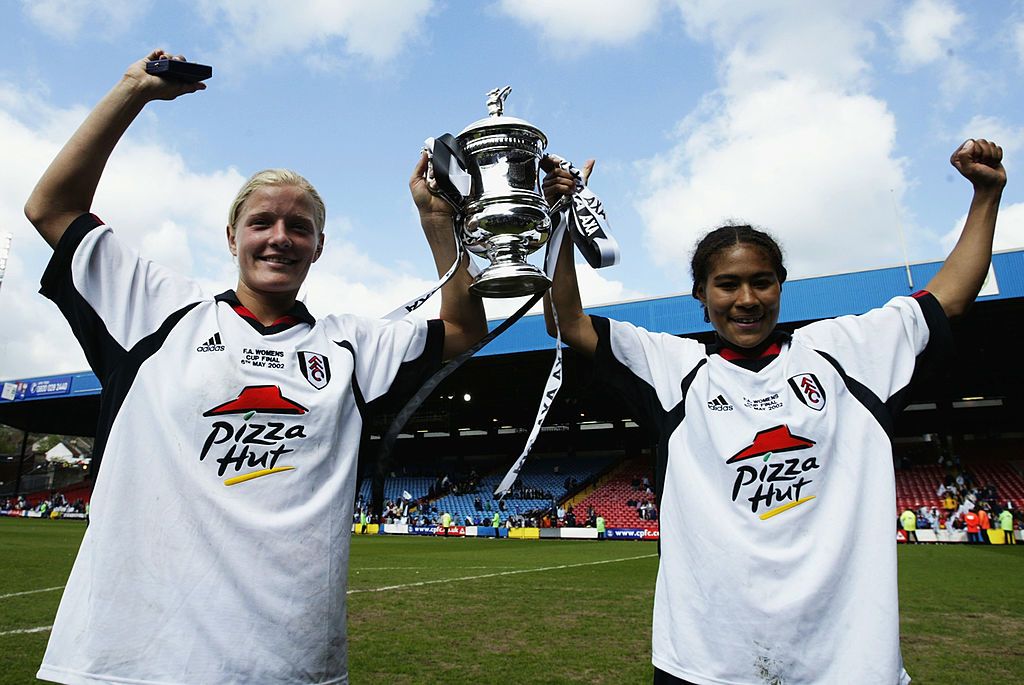


It was a similar experience for women footballers who wore big and baggy men's kit before the professional era saw a move towards more fitted and tailored shirt and shorts.
Former England, Arsenal and Fulham forward Rachel Yankey, who won 129 international caps, said: "I didn't think about it at the time because I was playing football, but then when you put the kit on, I was feeling a bit uncomfortable. My first kit was like an extra large men's kit, I'm definitely not an extra-large man!
"I think within the changing room environment, or within the team you were like 'oh my god, look at me, this is way too big and felt a bit silly' but you would never make a stance that this is wrong and needs to change, you didn't really have the power to do that.
"I don't think there was enough about the education of women's football, the funding, the backing, the support. You were probably like 'there are bigger problems' that we've got to solve at that time and we were probably grateful for what we got.
"Now football has moved on so much and players understand their power within the game and players won't accept being given an extra large men's kit. It's about having a kit that you feel good in, look good in and ultimately you can go and perform."
‘I used to have the worst grass burns on my legs’
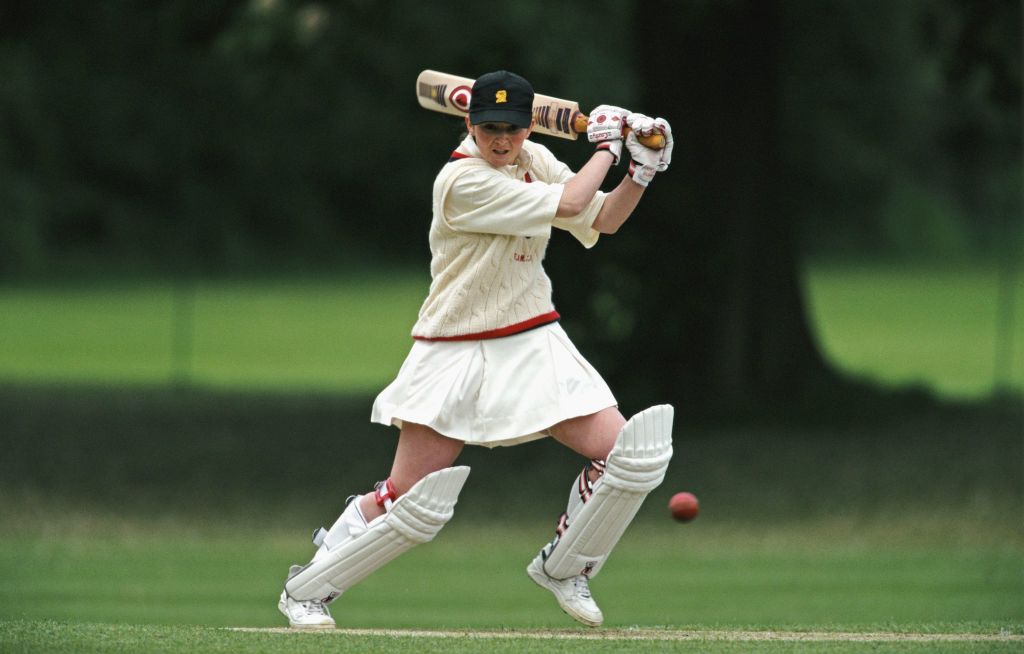
Governing bodies and manufacturers are finally starting to see the need to create gender-specific kit to fit the needs of the athlete but it has been a long time coming.
Former England captain Charlotte Edwards remembers her early cricket days when she was told she would have to wear a skirt.
“I played in trousers from the age of nine and was introduced to women's cricket when I was 12 and I remember looking at my parents and going, 'I've got to wear a skirt? I remember how impractical it was, it wasn't that comfortable and I used to have the worst grass burns on my legs.
“The story of the skirts was that you could only get them from a certain supplier and they cost us a fortune [as players had to pay for them as well as the England blazers]. They had to all be specially made, you had to give all your sizes in.
“In 1997 it all changed, we played a series against South Africa in trousers, they weren't that comfortable and they were probably the wrong fabric as well, so you felt quite restricted in them.
“Then they used to give us just medium or large men's tops, they looked horrendous.”
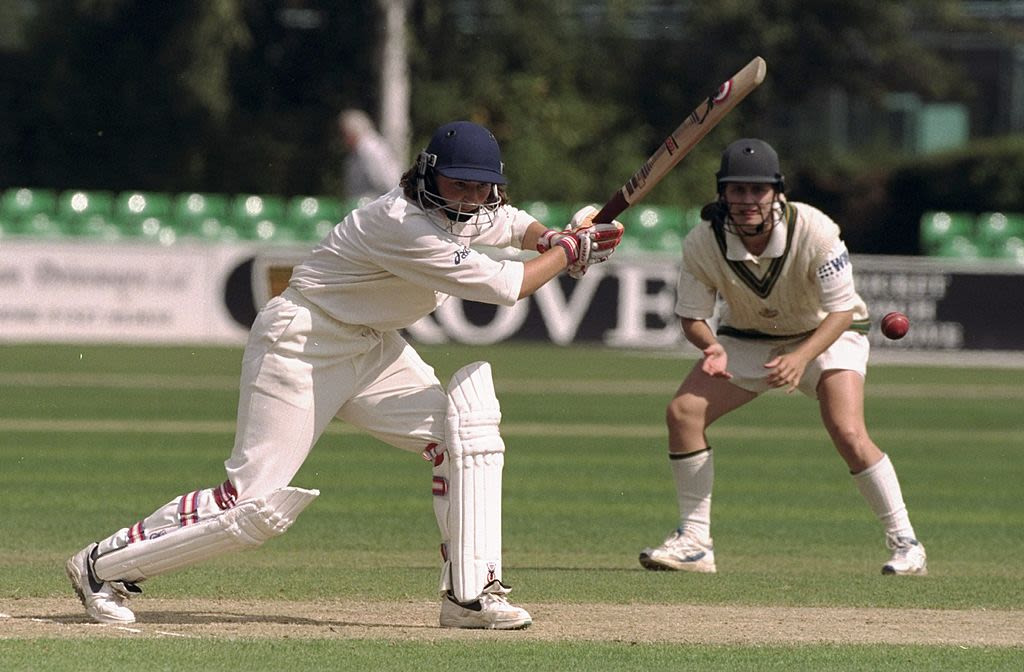
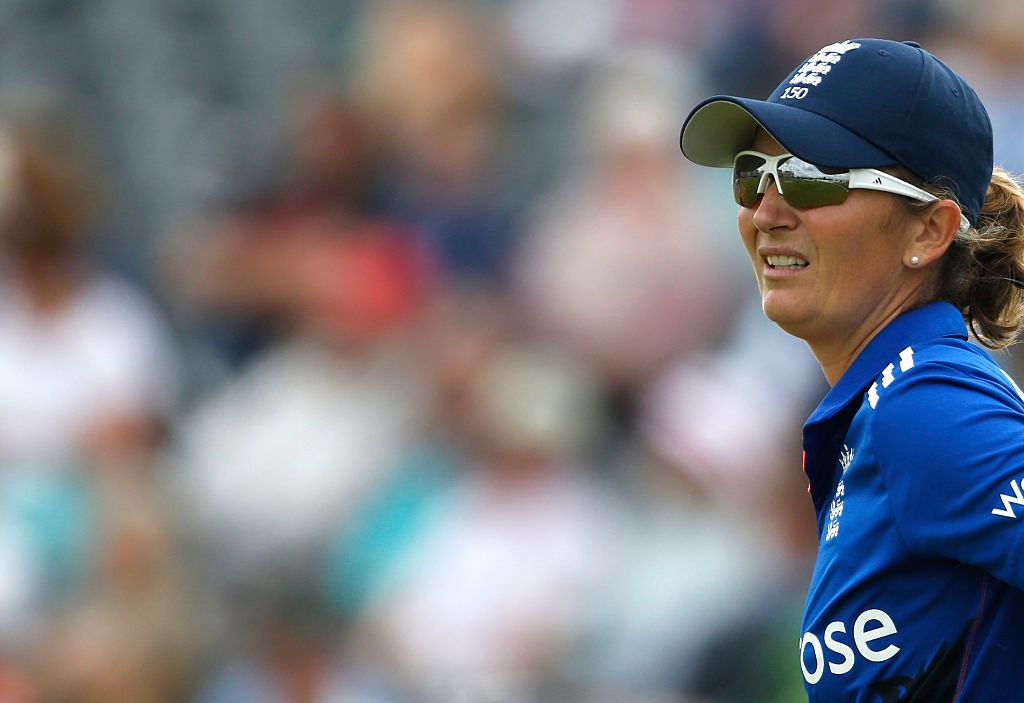
'Why can't we wear shorts?'
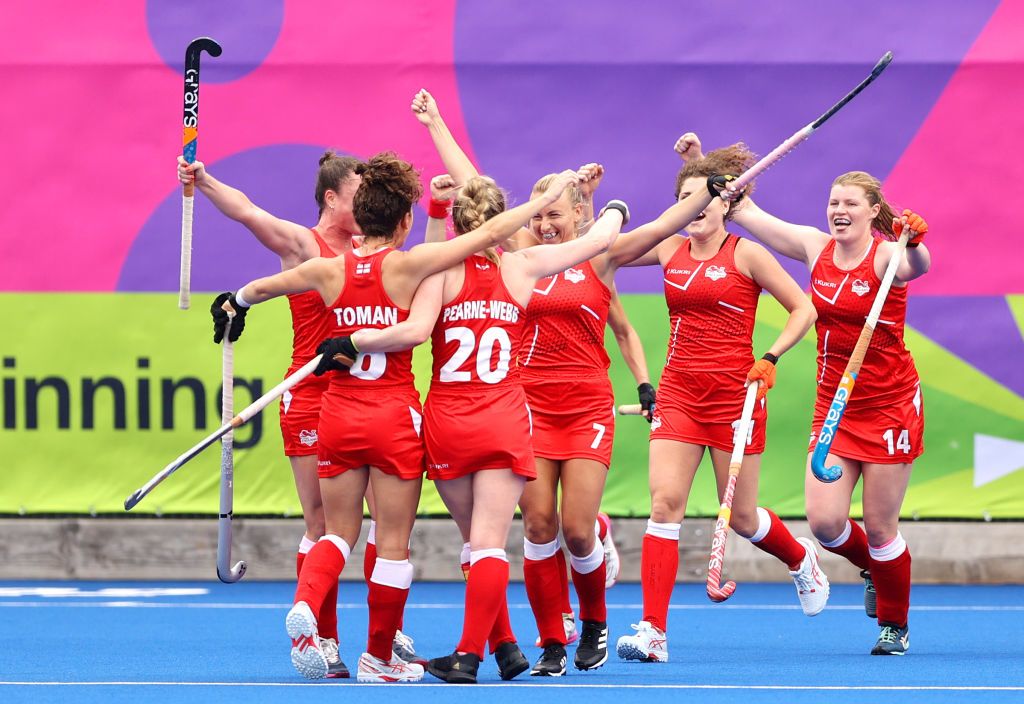
In every sport, there has been a different challenge for sportswomen to hurdle when it comes to kit. Some athletes are not afraid to tackle the issue head on, like Great Britain hockey player Tess Howard who has long been campaigning against gendered sports uniform.
Howard wrote her dissertation on the impact of women’s sport kit and how clothing policies need to be modernised during her Durham University studies and found that kit plays a major part in teenage girls dropping out of sport.
The 24-year-old has also been challenging the International Hockey Federation’s rules around shorts in the women’s game.
“I train every day in shorts, so why am I performing my sport in a skort?” Howard, who has won 37 international caps, told Sky Sports.
“I've been playing in international matches, and I've not wanted to step onto the pitch because I feel awkward and I feel ashamed of my body because this compression tank top is pulling in different ways, the pencil skirt is making my thighs look in a certain way, and I think we have to be really honest in these conversations, performance is about how you feel on the day and if you're being asked to go out and play in something that you don't feel comfortable in, your confidence is going to be majorly bruised.”
Earlier this year, the International Hockey Federation amended its rules to give female players more choice with their kit and allowing players to choose between a skirt or a skort (a skirt with shorts attached).

The fight to move away from sexualised and ill-fitting kit remains an ongoing process - but with athletes prepared to take a stand and make sure sport is an environment welcoming and accommodating to all when it comes to uniform, the hope is that the next generation of sportswomen will not have to use their energies battling archaic rules and be able to focus their efforts on performance and the field of play instead.
Watch 'Fit for Purpose?' on Sky Sports Mix or Football at 10pm on Tuesday and read the three-part series on the Sky Sports website and app


